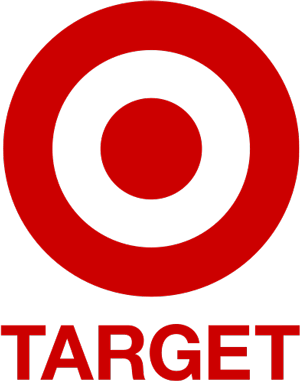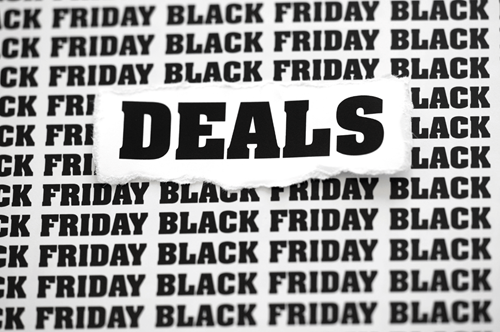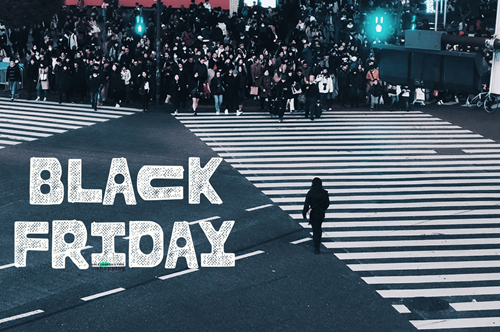
We Are Swimming in a Pool of Coupons
We are literally being bombarded with coupons and online deals on a daily basis, so it is important for thrifty customers to find the real gems in this craze. But, have you ever wondered what attracts you to certain coupons and online deals while you don’t pay much attention to others? You might think that you look at obvious factors like price comparison, the discount amount and percentage, etc. After all, math doesn’t lie, right? Well, it does sometimes.
Magic of Numbers in Online Deals
We know that numbers are the most important factor to get the attention of a customer and influence their buying behavior. Stores use the magic of numbers to grab the attention of customers upon first sight. Why? Because they know that numbers have a psychological value as well as a mathematical value, and they use this psychological effect to their advantage when they are creating a marketing campaign. One of the methods they use to benefit from the magic of numbers is called “the Rule of 100”.
What is the Rule of 100?
We know that stores use either the net discount amount or the discount percentage to show they are offering a deal. Do you know how they choose to use one over the other? Well, this is where the Rule of 100 comes into play. Let’s see how the Rule of 100 works and how stores decide which discount method to use:
Let’s say you have a fashion store, and you decide to offer a deal to boost sales. You have shirts that you normally sell for $20, and you want to sell them for $15. There are two ways you can get the message across to your customers: %25 off or $5 off, right? Well, if you were the customer, which one would you find more attractive? Mathematically speaking, the value of these two types of discounts is exactly the same. However, at first glance, it feels like %25 off would give you a better deal, right?
Let’s apply the same example to a more expensive product. Let’s say you want to buy a computer that is worth $3000. One store offers a %25 discount while another store offers a $750 discount. Although the final discount amount is the same, it probably feels like $750 off would get you a better bargain.
As these two examples show us, the psychological effect of the two discount methods is different although the mathematical value is exactly the same. We find the percentage offer to be more attractive with a $20 shirt, but we give the opposite reaction to a $3000 product. But how do we explain the reasoning behind this tendency? Well, according to the Rule of 100, we find percentage discounts more attractive as long as the final discount amount is under 100$. However, if the final discount amounts to more than $100, we automatically favor the net discount method.
How the Rule of 100 Impacts Online Shopping
We always think that our decisions are based on reliable data and numbers. However, these examples show us that there is more to numbers than their mathematical value. And, what makes us think a deal is attractive is not merely about math. So, if we want to make better decisions when we are shopping, it is always useful to understand how numbers can play tricks on us. If we have a more questioning approach towards our shopping decisions as well as the deals we see online, we can have a better chance of avoiding buying remorse and saving money in the long run.































REVİEWS - 1 reviews